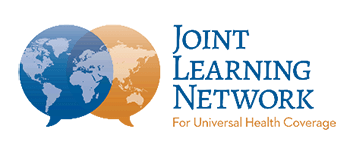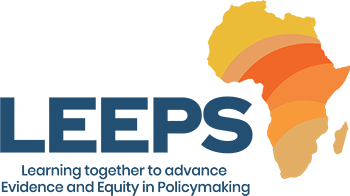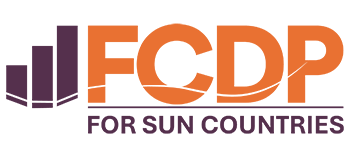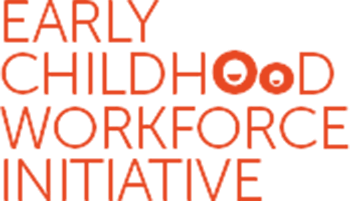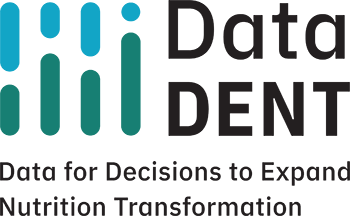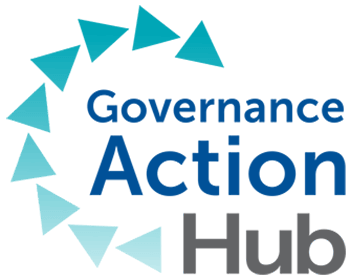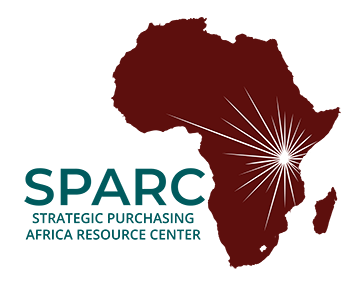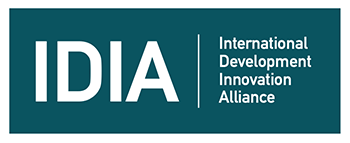Providing timely and safe blood transfusions can be a challenge for many countries. Here’s why — and what can be done
Much like supplies of medications and vaccines, a supply of blood — specifically safe blood, which has been screened for blood-borne diseases such as HIV, hepatitis and syphilis — is a key component of quality health care. It is a life-saving piece of the puzzle, too.
This is especially true in emergency situations like post-partum hemorrhage, a severe bleeding condition that happens during childbirth and affects approximately 14 million women each year. Annually, post-partum hemorrhage results in some 70,000 deaths and accounts for 27 percent of maternal mortality-related deaths around the globe. In many cases, these deaths could be prevented with a timely and safe blood transfusion.
Transfusions are also critical to quality care in surgery, oncology and treatment for diseases like malaria. But building and maintaining a safe blood supply is neither simple nor straightforward. These systems are highly complex and require unique expertise, and many low- and middle-income countries face substantive challenges in sourcing, managing and deploying safe blood supplies. Among the various systemic hurdles are underfunding and over-reliance on donor funding, as well as poor coordination and health system fragmentation, gaps in health worker training, and variance in the quality of clinical care and service.
Many countries are seeking support in building or strengthening their blood infrastructures to better ensure their health care systems can collect, screen, store, deploy and safely transfuse blood to patients without adverse outcomes such as transfusion-related infections and reactions. And there is both ample need and opportunity for investment in safe blood systems and collaborative, cross-country learning that brings together governments, leaders, experts, funders and implementers.
What’s standing in the way of creating safe blood systems?
A tricky combination of systemic and societal obstacles can make sourcing, managing and deploying adequate safe blood supplies extremely challenging for countries, often leaving the critical medical needs of their populations unmet.
Some of the challenges countries face in managing a safe blood supply include:
- System coordination: Blood systems are often disconnected from key health system stakeholders and disease and health areas like HIV/AIDS, malaria and maternal health. Many are not only inadequate — they’re fragmented and untargeted.
- Resources and sustainability: Blood services are critically underfunded and reliant on a narrow base of external donors, such as the U.S. Centers for Disease Control, PEPFAR and the Global Fund to Fight AIDS, Tuberculosis and Malaria.
- Strategy and stewardship: Policies and protocols are often missing from national, local and frontline levels of health systems. This also pertains to data collection and management.
- Staff capacities and training: Staff may lack training in handling or transfusing blood and blood products and in stabilizing patients for emergency transportation to transfusing facilities.
- Commodity and equipment availability: Parallel supply chains, out-of-stock supplies and pharmaceuticals such as blood bags and blood grouping and testing reagents, and quality issues hamper the sustainability and availability of safe blood services.
- Awareness and willingness to volunteer: Sourcing from VNRBDs — voluntary non-renumerated blood donors, or an unpaid volunteer donor — is difficult to scale because of widespread stigma, misconceptions about blood donation and a lack of awareness about the need for blood.
What has been done already? Has there been any progress on safe blood?
The short answer is yes, work is being done, but there is still much progress to be made.
In three African countries — Liberia, Malawi and Rwanda — the Results for Development-led and USAID-funded Health Systems Strengthening Accelerator project has been supporting local change agents as they diagnose the root causes of challenges to their safe blood systems, design solutions and implement improvements to safe blood transfusion services.
That support has included:
- Utilizing an earlier version of the WHO Blood System Self-Assessment tool to review the landscape and problems in the national safe blood systems of Liberia, Malawi and Rwanda.
- Co-developing a detailed view of challenges and barriers, identifying the highest priority problems with stakeholders and co-creating interventions to address challenges prioritized by each country.
- Facilitating multistakeholder forums — such as a steering committee in Malawi and technical working groups in Liberia and Rwanda — to bring key actors together for stronger coordination and cooperation. Reducing the silos and separations that exist between governments, the broader health sector and blood systems as they currently exist is critical to long-term success.
- Partnering with leaders in Liberia to develop a national safe blood policy and strategy designed to enhance stewardship and provide stronger governance.
- Partnering with leaders in Rwanda to create pre-service training materials and a comprehensive national hemovigilance strategy, which is intended to collect information at all stages of the blood transfusion process to keep blood donors, recipients and the system safe.
- Strengthening planning and mobilization of resources in Liberia and Malawi by better estimating the national requirement for blood products, supplies and consumables and supporting adequate and well-functioning public sector budgeting for the blood services.
- Supporting routine and reliable data collection in Liberia and Malawi, such as the development and piloting of clinical and supply chain indicators through national health and logistics information systems.
- Facilitating cross-country learning on blood system improvements among Liberia, Malawi and Rwanda to improve staff and leadership capacity, as well as to co-develop tools and knowledge products.
What would it take to solve these challenges?
Though efforts currently underway are promising, a much more concerted and collaborative effort is necessary to achieve a vision of well-functioning, national safe blood systems. There is clear demand from countries for technical assistance to improve safe blood infrastructure.
There is also a very clear opportunity for a peer-to-peer collaborative learning network in which change agents determine the priorities, set the agenda, identify and co-develop local strategies and promising practices, and shape the future direction of the community.
This country-led approach is fundamental to R4D’s work. We believe that convening a deliberately organized group of change agents with common goals and allowing them to systematically learn from each other and co-create solutions is one of the keys to lasting and meaningful success.
And we know collaborative learning works. R4D has compiled evidence of its success in areas including immunization and education. A collaborative learning network for safe blood systems could offer focus and guidance, as well as empower country leadership, and increase ownership and uptake of knowledge and best practices.
Overcoming the challenges that obstruct the path to strong national safe blood systems will be a long, non-linear journey. But if we want to create lasting change and help countries build these complex-yet-critical systems, partnering with — and across — countries must be one of our first steps.


